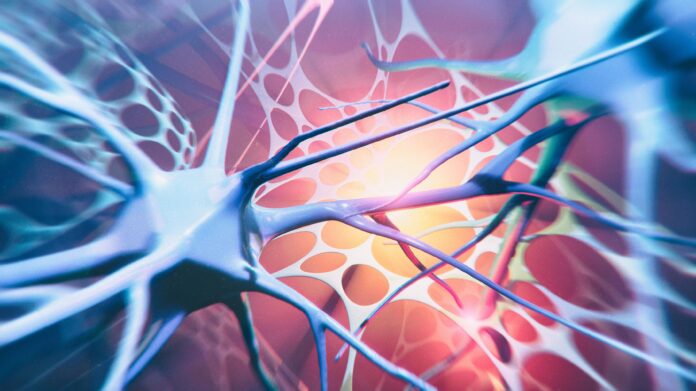Science
Non-Human Primates’ Working Memory Linked to Theta Brain Waves

A recent study published in the journal Neuron reveals that the working memory of non-human primates is influenced by theta-frequency brain waves, oscillating between 3 and 6 Hz. Researchers from the Picower Institute for Learning and Memory at the Massachusetts Institute of Technology (MIT) conducted the study to better understand how primates detect subtle environmental changes. The findings provide insights into the mechanisms behind visual working memory and the variability of cognitive performance.
The research, led by Earl Miller, PhD, a prominent figure in neuroscience, indicates that the brain utilizes different wave frequencies to perform analog computations essential for tasks like working memory. Miller’s team has previously established that alpha and beta frequency waves, which range from approximately 8 to 25 Hz, influence the brain’s understanding of task rules and manage the timing for faster gamma frequency waves (above 30 Hz) to encode sensory data. This study adds a new dimension by illustrating how theta waves play a crucial role in these processes.
To assess working memory, the researchers designed an experiment where non-human primates engaged in a video game. In this game, an array of colored squares would appear and then disappear on a screen. After a brief interval, the squares reappeared, with one square changing color. The primates were tasked with quickly identifying the altered square. Throughout the experiment, the researchers measured the animals’ reaction times, gaze positions, and brain wave power across a wide frequency spectrum, especially focusing on the frontal eye fields, a brain region responsible for mapping visual information.
The results showed that the primates’ accuracy and speed were significantly affected by the phase of the theta wave at the moment the changed square appeared. Specifically, each vertical location on the screen corresponded to a distinct phase of the theta wave where performance peaked. Notably, lower target squares on the screen corresponded to later phases of the theta wave, suggesting a complex interplay between cognitive processing and brain wave activity.
Miller’s previous studies have demonstrated how alpha and beta waves shape cognitive understanding and readiness for sensory encoding. In the latest findings, theta waves seem to mediate the interaction between beta and gamma waves. During the excitatory phase of theta waves, beta activity diminished, allowing for enhanced neural spiking linked to visual information. Conversely, in the inhibitory phase, beta power increased, resulting in reduced spiking activity.
In light of these discoveries, Miller’s lab is exploring the development of closed-loop analog feedback systems. These systems aim to enhance the power of various brain wave frequencies, potentially leading to innovative clinical applications in cognitive enhancement or rehabilitation.
This research not only advances our understanding of non-human primate cognition but also opens new avenues for exploring the mechanisms underlying human memory and cognitive function. By elucidating the role of theta brain waves, the study contributes to a deeper understanding of the brain’s intricate operations in processing information.
-

 Lifestyle5 months ago
Lifestyle5 months agoLibraries Challenge Rising E-Book Costs Amid Growing Demand
-

 Sports4 months ago
Sports4 months agoTyreek Hill Responds to Tua Tagovailoa’s Comments on Team Dynamics
-

 Sports4 months ago
Sports4 months agoLiverpool Secures Agreement to Sign Young Striker Will Wright
-

 Lifestyle4 months ago
Lifestyle4 months agoSave Your Split Tomatoes: Expert Tips for Gardeners
-

 Lifestyle4 months ago
Lifestyle4 months agoPrincess Beatrice’s Daughter Athena Joins Siblings at London Parade
-

 Science4 months ago
Science4 months agoSan Francisco Hosts Unique Contest to Identify “Performative Males”
-

 World4 months ago
World4 months agoWinter Storms Lash New South Wales with Snow, Flood Risks
-

 Science5 months ago
Science5 months agoTrump Administration Moves to Repeal Key Climate Regulation
-

 Business5 months ago
Business5 months agoSoFi Technologies Shares Slip 2% Following Insider Stock Sale
-

 Science5 months ago
Science5 months agoNew Tool Reveals Link Between Horse Coat Condition and Parasites
-

 Sports4 months ago
Sports4 months agoElon Musk Sculpture Travels From Utah to Yosemite National Park
-

 Science5 months ago
Science5 months agoNew Study Confirms Humans Transported Stonehenge Bluestones









